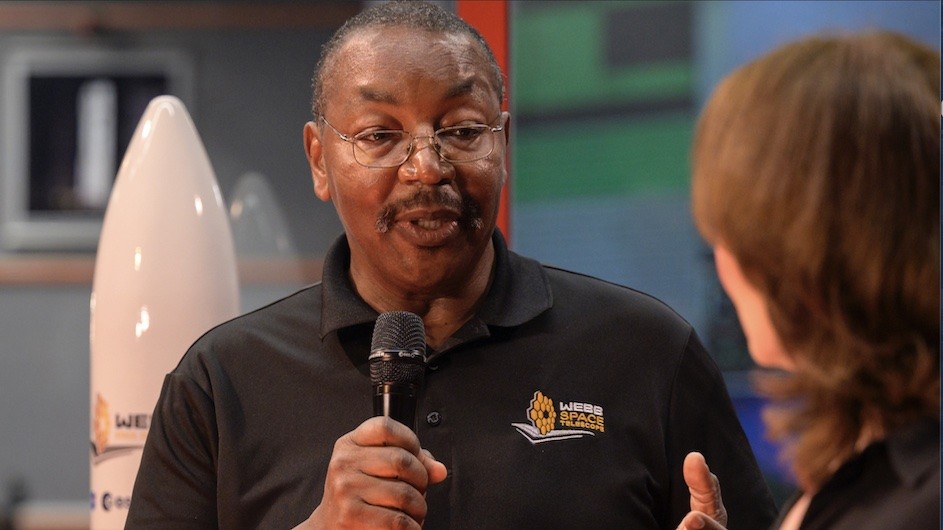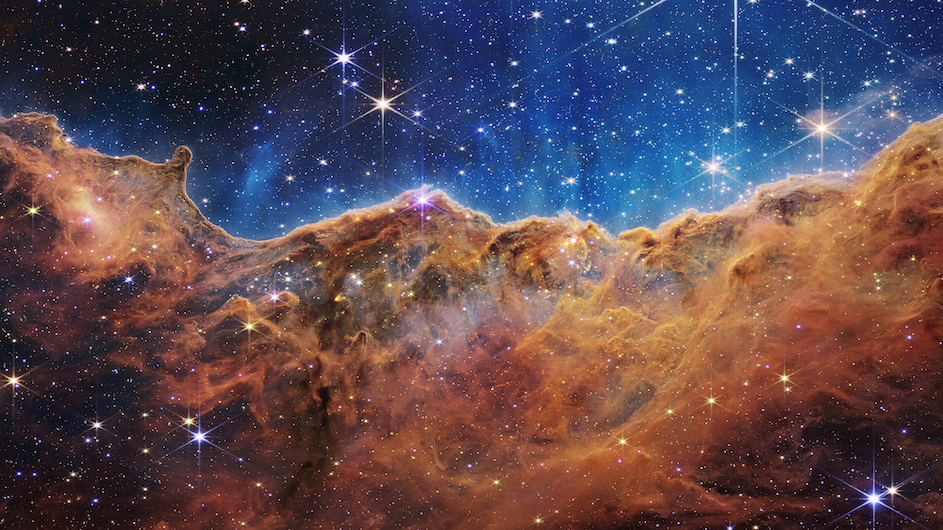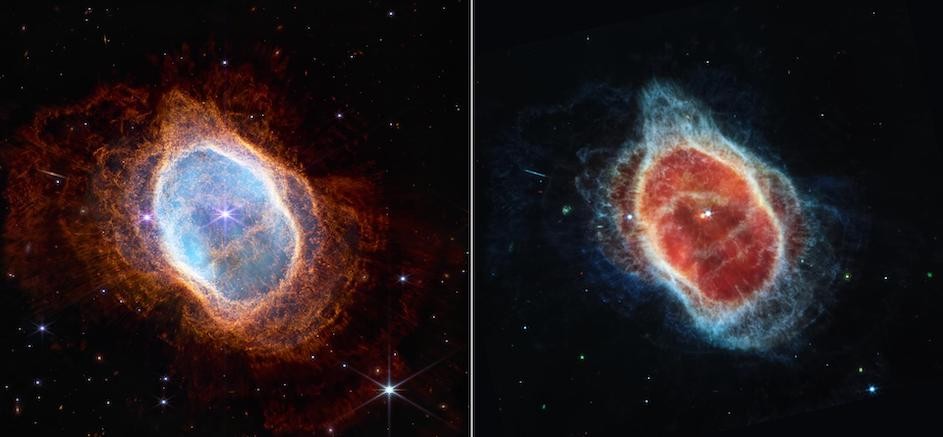Meet the Columbia Lecturer Who Led NASA’s James Webb Space Telescope
Gregory Robinson served as program director of the telescope from 2018 to 2022, overseeing its build and launch.

If you were looking for an expert to teach a class called “Leading Large Complex Projects,” you probably couldn’t choose a better person for the job than Gregory Robinson, who, from 2018 until July of this year, served as the program director of NASA’s James Webb Space Telescope, a multibillion-dollar successor to the Hubble Space Telescope that employed more than 1,000 people in 17 countries, and took around 20 years to build. Luckily enough for Columbia students, Robinson is teaching that very course at Columbia’s School of Professional Studies this fall.
Robinson, an engineer who joined NASA in 1989 and started teaching at Columbia in 2020, took over as director of the Webb telescope in 2018, after years of stumbles plagued the project, threatening to derail it. Robinson was at first reluctant to join the project, The New York Times reported in a recent profile, because he felt that he’d already taken on the major projects that he hoped to lead at NASA. But eventually he was persuaded, and under his leadership, the project came together. Webb officially launched into outer space on Christmas Day 2021. This spring, Robinson was named one of Time 100’s Most Influential People of 2022 and just this week, he was named Federal Employee of the Year.
NASA astonished the world when, in July, it released the first images from the telescope—crystal-clear views of outer space unlike anything humanity had ever seen. Shortly after NASA released those images, Robinson announced that he would retire from the space agency. In a press release about his retirement, John Mather, a Nobel laureate and Webb’s senior project scientist praised Robinson for his work on Webb: “Greg helped push the international James Webb Space Telescope team across the finish line with his calm approach to technical and human challenges, leading to complete and magnificent success.”
Columbia News caught up with Robinson this month to discuss the Webb telescope and his future plans. This interview has been edited and condensed.
The first images released by Webb were incredibly striking. Did the images surprise you, too, having worked on the telescope for so long?
We were certainly working on it for a while! Of course, all of us are familiar with Hubble, which until now was the big dog, the best in the business. And we knew Webb was 100 times more powerful. But what does that really look like in the end? We had simulations along the way, animations and things like that. But the depth of clarity still blows my mind. It's going to get better by the way, as we really learn how to use this thing.

What discoveries so far stick out to you as some of the most exciting?
Looking at exoplanets [planets outside our solar system]. We’re going to be able to look at the chemical composition of some of these exoplanets to really see if they're potentially habitable or not. I had no idea how good that would be and it's quite good.
And then there’s red shifting. When light travels through the universe, with time, it starts to stretch. And that tells us a lot about age and time and so on. We've learned some new things about that—that maybe it doesn't work exactly the way scientists thought it did for many, many years.
Those are just two examples of things we’ve started to learn so far.
Is there an image that’s your favorite?
I don't have a favorite. I'm just not one of those guys.
You retired from NASA in late July. Was that because you felt you had reached a career summit?
The short answer is yes. And equally important: Don't let the good looks fool you, for years I’ve always said I’m not as young as I used to be. The combination of age, experience, knowledge, time, and this is my capstone. There’s no second act after you do Webb.
Are there things that you have had time to do in the two months since then that you had been wanting to do?
Relaxing. Certainly time with my wife and my grandkids, who aren’t too far away. Time with them and also doing a lot of strategic planning on what's next.

Having left NASA, have you fully stepped away from Webb? Or will you be involved in it for the rest of your days?
Well, hopefully the rest of my days are long. Webb has enough fuel for more than 20 years, hopefully closer to 30. I will definitely be engaged almost daily. You know, when I fire up the news in the mornings, a lot of days, there's something about a new discovery, a new image. Of course, I'm following the Artemis launch [a planned NASA moon mission]. So I connect with people through that process. But yeah, I'll always be part of that. It's like sending your baby off to college. You don't cut the thread at that point. I’m not cutting this thread.
You were working on this project from 2018 to 2022. Was COVID the biggest challenge you faced, or was it something else?
COVID was the biggest surprise, but I put COVID in a totally separate category.
There were some significant cultural things that needed to be adjusted. And it's hard to change culture in short periods of time. I had to come up with some ways to shift culture, just to make sure everybody was aligned. Everybody was doing all the right things, but not always totally in line. Certainly, that team's incredibly smart; there’s not a whole lot I can tell them about how to do their jobs. But I can encourage them to focus a certain way in certain areas versus others, promote better forward planning to open up the aperture and to not be so insular. To let them know that It's okay to bring in some other experts to help out. Things like that.
And we certainly had some technical challenges. Within two months of me coming on, we were testing the spacecraft’s sunshield and doing acoustics tests and a lot of screws fell off. That's not a good day when that happens. That was a huge challenge. It took a very deliberate replan and that cost us about eight and a half months of work.
I have this experience sometimes when I look at the Webb photos where I find them really exciting and then I get this drop in the pit of my stomach, when I realize how tiny we are in the middle of the universe. Do you still get that feeling?
Yeah, and I have for a long time. Sometimes I compare it to when I took my first cruise somewhere around 2007 or 2008. When you're on a cruise ship the thing is huge; I mean, it's a city. But within the ocean it’s just like a pebble. It really is. And then when I get back to shore this thing is, again, it's a city. And when I think of our solar system, it's pretty small as well. Webb is looking at thousands of galaxies, but we know there are hundreds of billions of galaxies out there. Think of that: Hundreds of billions of galaxies. When you look at the size of our own solar system, and then when you look at earth within that solar system, you know, we're just a pebble in the universe.